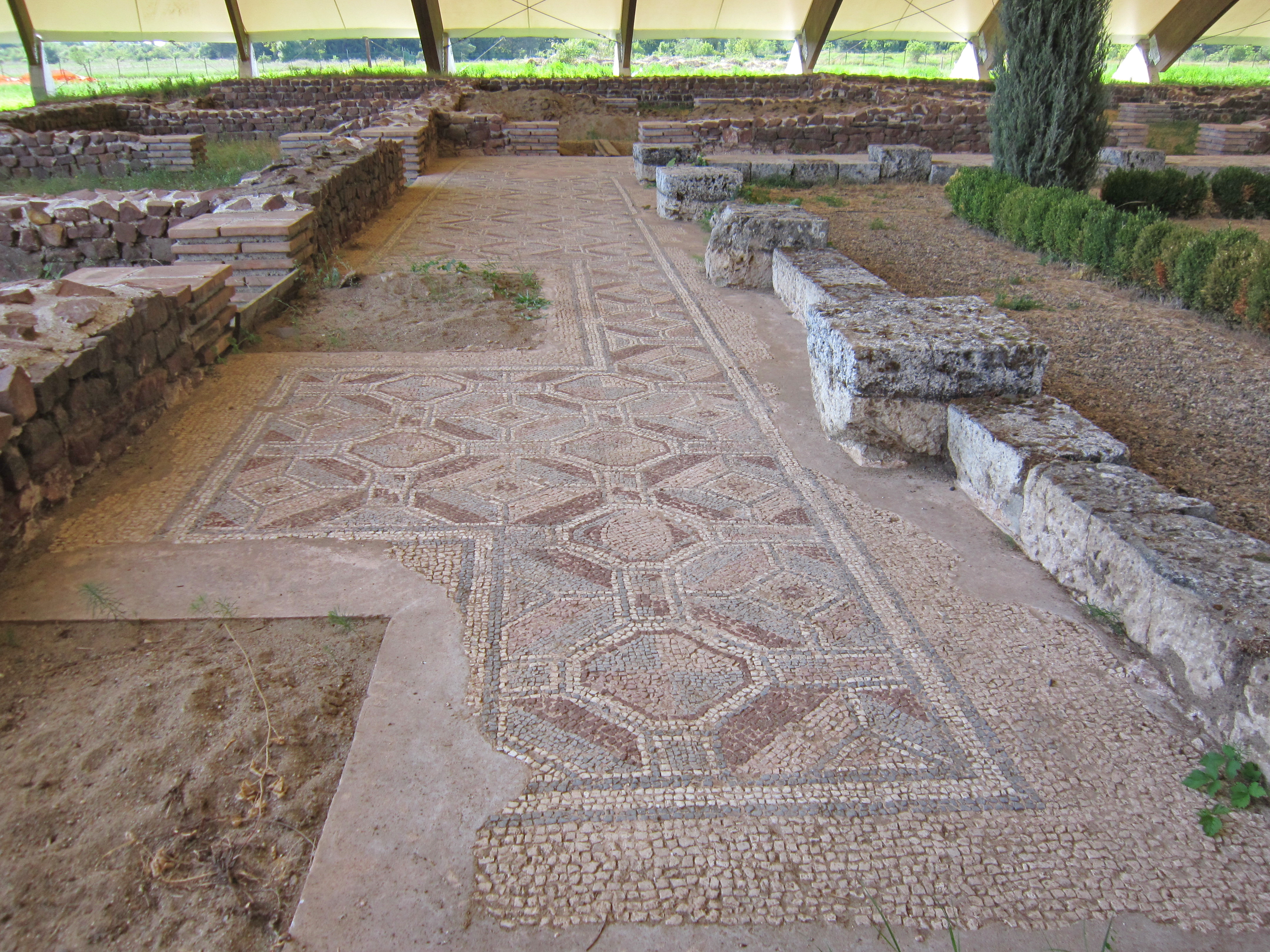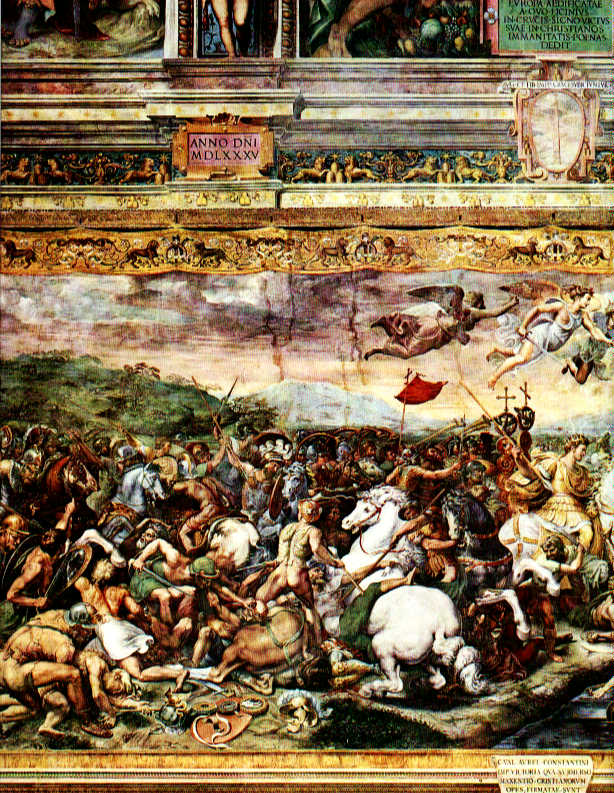|
Alica
Alica was a Thervingian Gothic warrior. He was an ally of Licinius against Constantine the Great, who in 323 had invaded Gothic territory and killed the warrior Rausimod Rausimod (? - 322) was a Sarmatian or Maeotian warrior king. In 322, Rausimod is recorded as having crossed the Danube into the Roman Empire and attacked the territory of Licinius. The defence against Rausimod was conducted by Constantine, who on .... Alica supported Licinius in his battles with Constantine in 324. After Licinius had been defeated and deposed by Constantine, he tried to regain power with Gothic help, but his plans were exposed and he was sentenced to death. Licinius then tried to escape into Gothic territory, but was apprehended at Thessaloniki and executed. Sources * 4th-century Gothic people Gothic warriors {{mil-bio-stub ... [...More Info...] [...Related Items...] OR: [Wikipedia] [Google] [Baidu] |
Licinius
Valerius Licinianus Licinius (c. 265 – 325) was Roman emperor from 308 to 324. For most of his reign he was the colleague and rival of Constantine I, with whom he co-authored the Edict of Milan, AD 313, that granted official toleration to Christians in the Roman Empire. He was finally defeated at the Battle of Chrysopolis (AD 324), and was later executed on the orders of Constantine I. Early reign Born to a Dacian peasant family in Moesia Superior, Licinius accompanied his close childhood friend, the future emperor Galerius, on the Persian expedition in 298. He was trusted enough by Galerius that in 307 he was sent as an envoy to Maxentius in Italy to attempt to reach some agreement about the latter's illegitimate political position. Galerius then trusted the eastern provinces to Licinius when he went to deal with Maxentius personally after the death of Severus II. Upon his return to the east Galerius elevated Licinius to the rank of ''Augustus'' in the West on 11 Nov ... [...More Info...] [...Related Items...] OR: [Wikipedia] [Google] [Baidu] |
Rausimod
Rausimod (? - 322) was a Sarmatian or Maeotian warrior king. In 322, Rausimod is recorded as having crossed the Danube into the Roman Empire and attacked the territory of Licinius. The defence against Rausimod was conducted by Constantine, who on April 28, 323 passed a law threatening all Roman collaborators with death by burning. Constantine pursued the invaders across the Danube into barbarian territory, where Rausimod was killed. Constantine's campaign was considered a trespassing of the territory of Licinius, and the Goths thereafter became allies of Licinius against Constantine Constantine most often refers to: * Constantine the Great, Roman emperor from 306 to 337, also known as Constantine I *Constantine, Algeria, a city in Algeria Constantine may also refer to: People * Constantine (name), a masculine given nam ... under their prince Alica. He is perhaps identitifiable with the Bosporan king Rhadamsades. Sources * * 323 deaths 4th-century Gothic people G ... [...More Info...] [...Related Items...] OR: [Wikipedia] [Google] [Baidu] |
Thervingi
The Thervingi, Tervingi, or Teruingi (sometimes pluralised Tervings or Thervings) were a Gothic people of the plains north of the Lower Danube and west of the Dniester River in the 3rd and the 4th centuries. They had close contacts with the Greuthungi, another Gothic people from east of the Dniester, as well as the Roman Empire. They were one of the main components of the large movement of Goths and other peoples over the Danube in 376, and they are seen as one of the most important ancestral groups of the Visigoths. Etymology According to a proposal made by Moritz Schönfeld in 1911, and still widely cited, the name ''Tervingi'' was probably related to the Gothic word "''triu''", equivalent to English "tree", and thus means "forest people".Wolfram, ''History of the Goths'', trans. T. J. Dunlop (Berkeley, University of California Press, 1988), p. 25. Herwig Wolfram agrees with the older position of Franz Altheim that such geographical names were used to distinguish Gothic p ... [...More Info...] [...Related Items...] OR: [Wikipedia] [Google] [Baidu] |
Goths
The Goths ( got, 𐌲𐌿𐍄𐌸𐌹𐌿𐌳𐌰, translit=''Gutþiuda''; la, Gothi, grc-gre, Γότθοι, Gótthoi) were a Germanic people who played a major role in the fall of the Western Roman Empire and the emergence of medieval Europe. In his book '' Getica'' (c. 551), the historian Jordanes writes that the Goths originated in southern Scandinavia, but the accuracy of this account is unclear. A people called the '' Gutones''possibly early Gothsare documented living near the lower Vistula River in the 1st century, where they are associated with the archaeological Wielbark culture. From the 2nd century, the Wielbark culture expanded southwards towards the Black Sea in what has been associated with Gothic migration, and by the late 3rd century it contributed to the formation of the Chernyakhov culture. By the 4th century at the latest, several Gothic groups were distinguishable, among whom the Thervingi and Greuthungi were the most powerful. During this time, W ... [...More Info...] [...Related Items...] OR: [Wikipedia] [Google] [Baidu] |
Constantine The Great
Constantine I ( , ; la, Flavius Valerius Constantinus, ; ; 27 February 22 May 337), also known as Constantine the Great, was Roman emperor from AD 306 to 337, the first one to convert to Christianity. Born in Naissus, Dacia Mediterranea (now Niš, Serbia), he was the son of Flavius Constantius, a Roman army officer of Illyrian origin who had been one of the four rulers of the Tetrarchy. His mother, Helena, was a Greek Christian of low birth. Later canonized as a saint, she is traditionally attributed with the conversion of her son. Constantine served with distinction under the Roman emperors Diocletian and Galerius. He began his career by campaigning in the eastern provinces (against the Persians) before being recalled in the west (in AD 305) to fight alongside his father in Britain. After his father's death in 306, Constantine became emperor. He was acclaimed by his army at Eboracum ( York, England), and eventually emerged victorious in the civil wars against ... [...More Info...] [...Related Items...] OR: [Wikipedia] [Google] [Baidu] |
Civil Wars Of The Tetrarchy The Civil Wars of the Tetrarchy were a series of conflicts between the co-emperors of the Roman Empire, starting in 306 AD with the usurpation of Maxentius and the defeat of Severus and ending with the defeat of Licinius at the hands of Constantine I in 324 AD. Background The Tetrarchy was the administrative division of the Roman Empire instituted by Roman emperor Diocletian in 293 AD, marking the end of the Crisis of the Third Century and the recovery of the Roman Empire. The first phase, sometimes referred to as the Diarchy ("the rule of two"), involved the designation of the general Maximian as co-emperor – firstly as ''Caesar'' (junior emperor) in 285, followed by his promotion to ''Augustus'' in 286. Diocletian took care of mat |

.jpg)

